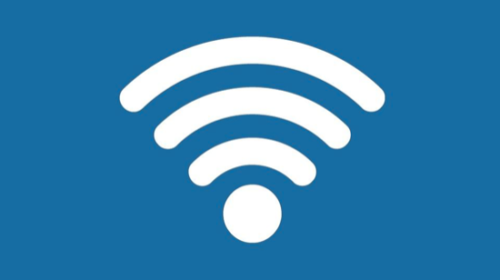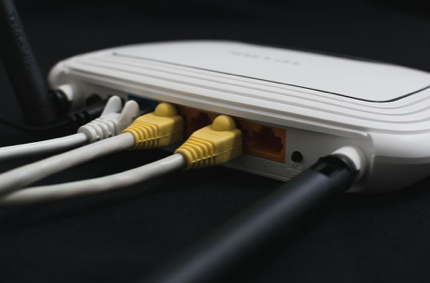
At home, internet connectivity is today as essential as electricity and water – especially for those who are always plugged-in. However, getting Wi-Fi to every corner of your home can be a problem. You’ll probably have to deal with dead zones all over your house; but do not despair because no matter the shape or size of your building, there are ways to solve your connectivity problem.
Move the Router
While shifting the router you got from your Internet Service Provider (ISP) sounds like a primitive solution, doing so will make a huge difference. If possible, place the router somewhere in the middle of your building or as close to your most connected devices as possible. Remember, Wi-Fi signals are not brick and concrete wall friendly, so it would help if you can avoid these; and wireless devices like baby monitors and microwaves will impede with Wi-Fi speeds.
You are going to be limited in some way by location of the internet feed coming into the building, but some creative router positioning tactics can easily eliminate dead zones. Even purchasing a long connecting cable that runs between your router and wall socket offers you more room to maneuver.
Get Better Routers and Repeaters
A couple of ISPs – you can confirm this on their support forums and sites – allow their customers to swap their older equipment for newer models. In addition, manufacturers like Netgear and D-Link have super-powerful routers that come with extra antennas as well as longer range, which might be the solution to your Wi-Fi woes.
Some companies like Eero and Google have mesh-networking hardware that allows a single router to be replaced by several devices located all over your home. Such devices work together by providing a net of wireless signals, which will theoretically eliminate dead zones in a house. However, make sure you do some research to ensure your hardware will work seamlessly with your ISP, but if you are starting a new network from scratch, a mesh network or router replacement is a good place to start.
Other devices you need to know about are Wi-Fi repeaters, but you should probably only use them as the last resort. These devices repeat the original signal from a router and there may be some notable loss of stability and speed along the way. Nevertheless, they are very easy to set up and are cheap, so if high speeds are not high on your requirements list, you may consider Wi-Fi repeaters.
Use Wires
While everyone has come to rely on Wi-Fi, it’s worth weighing the option of having a couple of wired access points dotting your home. You require an Ethernet cable, a few pins to hold the cable in place and a few extra Ethernet ports at the back of your router. Wired internet access may not be as convenient as wireless – you cannot walk around with your laptop for starters – but it offers you two very important advantages; speed and security.

According to CBIsecure.com, wired connections mean you are less likely to experience interference in your internet signs and there is even a lesser chance of neighbors or passersby snooping on your internet activities without physical access to your router. Fortunately, you don’t have to hook up everything using wires. For example, you may run an Ethernet cable from your router to the attic, and then attach the second router or a wireless access point at the other end for a second Wi-Fi network for your attic.
Taby Gits is an influencer marketing pro with brownboxbranding.com who is passionate about building authentic relationships and helping businesses connect with their ideal online audience. She keeps her finger on the pulse of the ever-evolving digital marketing world by writing on the latest marketing advancements and focuses on developing customized blogger outreach plans based on industry and competition.
